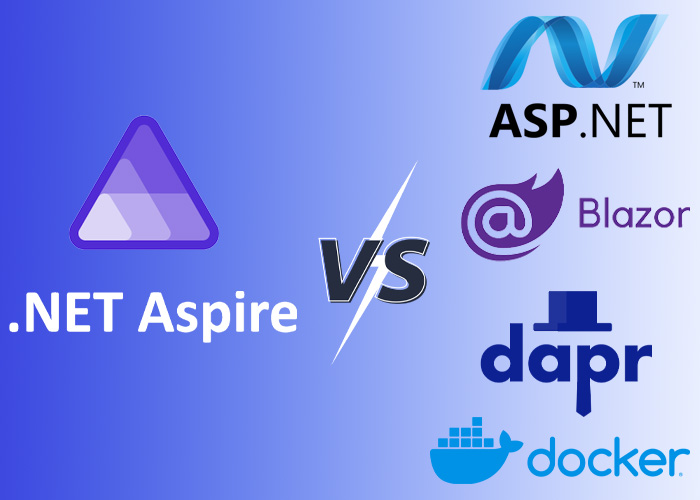Efficient Data Grouping with Where Clauses Using LINQ in C#
Combining the Group By and Where clauses in LINQ (Language Integrated Query) allows for precise and efficient data manipulation in C#. This approach is particularly useful when you need to categorize data into groups based on specific criteria while also filtering out unwanted data. This article explores how to effectively use Group By with a Where clause in LINQ, providing clear examples to demonstrate the functionality.
Understanding Group By and Where in LINQ
In LINQ, Group By is used to organize elements of a collection into groups based on a specified key. The Where clause is used to filter elements based on a condition. By using them together, you can perform complex queries more efficiently by filtering data before or after grouping, depending on your specific needs.
Example: Grouping Filtered Data
Suppose you have a list of Employee objects, where each employee belongs to a department and has an age attribute. You want to group employees by department but only include those who are over 30 years old.
Step 1: Define the Employee Class
public class Employee
{
public string Name { get; set; }
public string Department { get; set; }
public int Age { get; set; }
}
Step 2: Create and Populate the List
List<Employee> employees = new List<Employee>
{
new Employee { Name = "Alice", Department = "HR", Age = 25 },
new Employee { Name = "Bob", Department = "HR", Age = 35 },
new Employee { Name = "Charlie", Department = "IT", Age = 32 },
new Employee { Name = "David", Department = "IT", Age = 29 }
};
Step 3: Group by Department with a Filtering Where Clause
using System;
using System.Collections.Generic;
using System.Linq;
public class Program
{
public static void Main()
{
var filteredGrouped = employees
.Where(e => e.Age > 30)
.GroupBy(e => e.Department)
.ToList();
foreach (var group in filteredGrouped)
{
Console.WriteLine($"Department: {group.Key}");
foreach (var emp in group)
{
Console.WriteLine($" - {emp.Name}, Age {emp.Age}");
}
}
// Output:
// Department: HR
// - Bob, Age 35
// Department: IT
// - Charlie, Age 32
}
}
In this example, the Where clause filters the employees to include only those who are over 30 years old. The GroupBy method then organizes these filtered employees by their departments.
Alternative: Filtering After Grouping
You can also apply the Where clause after grouping if you want to manipulate groups rather than individual items. For example, if you want to see only departments with more than one employee over 30:
var groupedFiltered = employees
.GroupBy(e => e.Department)
.Where(g => g.Count(e => e.Age > 30) > 1)
.ToList();
// This would filter the groups themselves, not the individual items.
Tips for Using Group By with Where in LINQ
- Decide Where to Place the Where Clause: Depending on your data and what you need from the output, decide whether the Where clause should come before or after the Group By.
- Performance Considerations: Filtering before grouping can often improve performance by reducing the number of items to group.
- Test Different Approaches: Especially in complex scenarios, test both the order of operations and different LINQ methods to find the most efficient query for your needs.
Conclusion
Using Group By with a Where clause in LINQ provides a powerful tool for data analysis and manipulation in C#. By understanding how to combine these operations effectively, you can create sophisticated data queries that are both efficient and easy to read, enhancing the overall capability of your C# applications.





